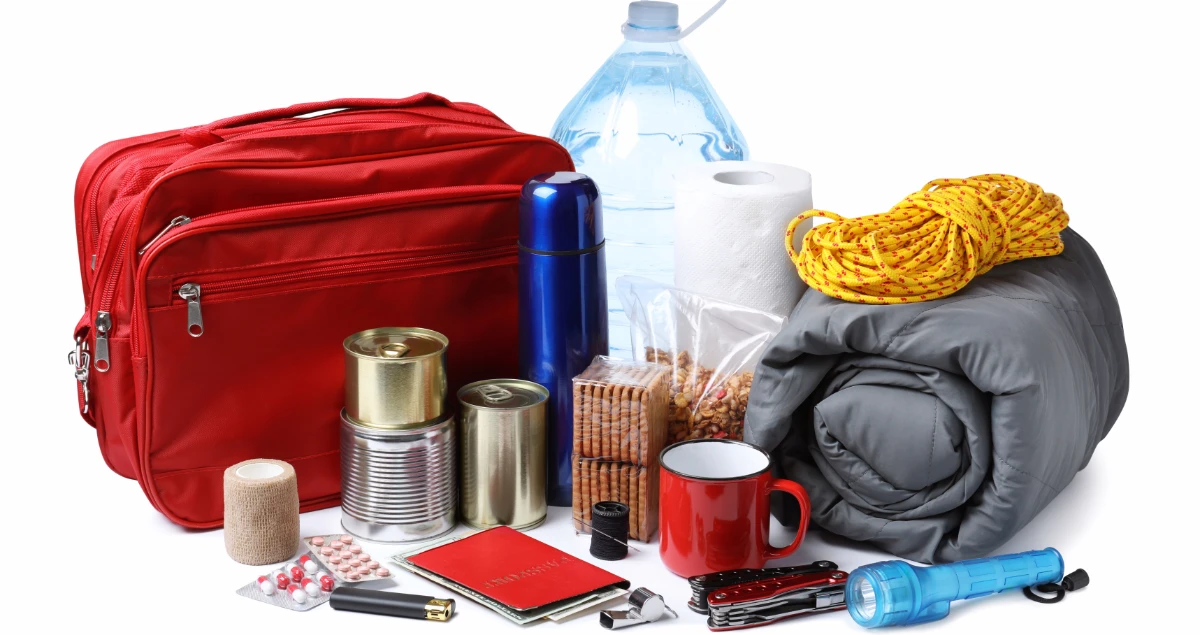Ensuring your vehicle is equipped with essential supplies is crucial for safety and preparedness. Each item serves a specific purpose and enhances your readiness for various unexpected situations. Let’s delve deeper into why these items are vital and how they can be optimized for your safety.

First Aid Kit: Your On-the-Go Medical Companion
A first aid kit is indispensable in handling minor injuries or medical issues on the road. Beyond the basics like bandages and antiseptics, your kit should include medications for common ailments such as pain, allergies, and stomach upset. Consider items for specific family needs, like pediatric doses for children or medication for chronic conditions. Regularly review the kit’s contents, ensuring nothing is expired or missing, and familiarize yourself with how to use each item, possibly saving precious time during an emergency.
Tools and Equipment: Empowering Self-Reliance
Your vehicle’s toolkit should empower you to address common mechanical issues independently. A quality multi-tool can handle various tasks, from tightening screws to cutting wires. Jumper cables are essential for battery issues, while a reliable flashlight can aid in nighttime repairs. Don’t forget a tire repair kit and a portable air compressor, enabling you to fix minor punctures and maintain tire pressure, crucial for vehicle safety and efficiency.
Emergency Signals: Communicating Your Distress
Visibility is critical in an emergency. Reflective triangles and flares can alert other drivers and rescue services to your location, preventing further accidents and speeding up assistance. A whistle can be a lifesaver in scenarios where you’re stranded away from your vehicle or if you need to signal for help without exhausting yourself.
Food and Water: Essential Sustenance
Storing non-perishable food and water in your vehicle ensures you have vital sustenance during unexpected waits or breakdowns. Choose energy-dense, long-lasting foods like nuts, energy bars, and dried fruits. For water, opt for durable, leak-proof containers, and consider high-temperature resistant materials if you live in a hot climate. Regularly rotate these supplies to maintain freshness.
Clothing and Comfort: Preparing for the Elements
The right clothing can protect you from the elements and contribute to your comfort and safety. In addition to seasonal attire, consider reflective clothing for visibility, and sturdy shoes in case you need to walk for help. Blankets and sleeping bags not only provide warmth but can also serve as padding or makeshift shelters in various situations.
Important Documents and Cash: Your Emergency Backup
In an age where digital access can be disrupted, having physical copies of essential documents and cash is a wise backup. Store these items in a waterproof, easy-to-reach container. They can be invaluable in identity verification, accessing services, or making necessary purchases when digital systems fail.
Staying Informed: The Lifeline of Preparedness
A battery-powered or hand-crank radio can be your lifeline to the outside world, providing access to weather alerts, emergency instructions, and news. Understanding the broader situation during a disaster can guide your decisions, from evacuation routes to safety measures. Local maps, kept in a waterproof container, complement your radio, offering navigation alternatives when technology may not be reliable.
Stay safe, stay prepared, and let your vehicle be a beacon of readiness and safety, no matter where your travels take you.